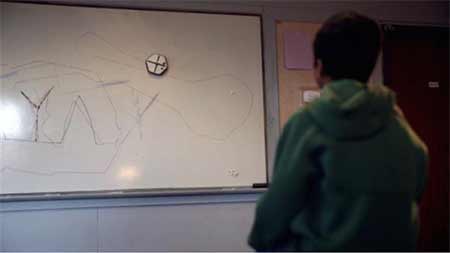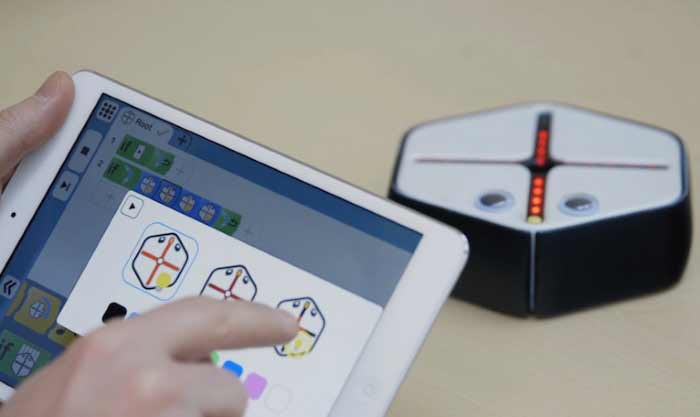In the world digitalizing each day, human labour is replaced with automation and robotic systems so the worker profile is changing rapidly. In this regard, the importance of digital education is becoming more and more important. Defending that coding education is now a must, Harvard University Biologically Inspired Learning Wys Institute developed a robot who can teach children coding. Manufactured with 3D printing, Root is showing that a robot teacher is not a dream anymore.

Root is a small, squat hexagon, a cheerful and friendly ‘bot reminiscent of the robot vacuum-cleaning Roomba. Scanners dot its bottom, bumpers line its sides, and there’s a touch interface on top. Root knows when it’s on a magnetic surface. A little holder for a dry-erase marker sits dead center on the bot, which can draw on a whiteboard and erase it, too. Using that whiteboard, an iPad, and a language that’s super-easy to pick up, kids learn to code by teaching Root how to interact with the world.
Fitting somewhere between old-time remote-controlled toy trains and today’s video games, Root is a robot that is programmed using a tablet interface called Square. Root has light and color sensors, bumpers, and a touch surface that enable it to respond to the physical world. In a classroom setting, Root would “drive” along a magnetic dry-erase whiteboard at the front of the class, giving the young programmers an “instant, physical manifestation” of the code, according to Zivthan Dubrovsky, who leads the robotics platform at Wyss.

“Right now, coding is taught at a computer keyboard. It’s an abstract process that doesn’t have a relationship to the real world,” said Raphael Cherney, a research associate at the institute. “What Root does is bring coding to life in an extremely fun and approachable way. Kids with no experience in coding can be programming robots in a matter of minutes.”
